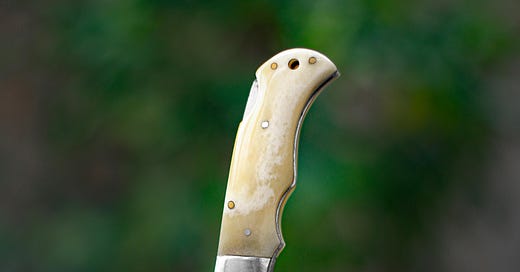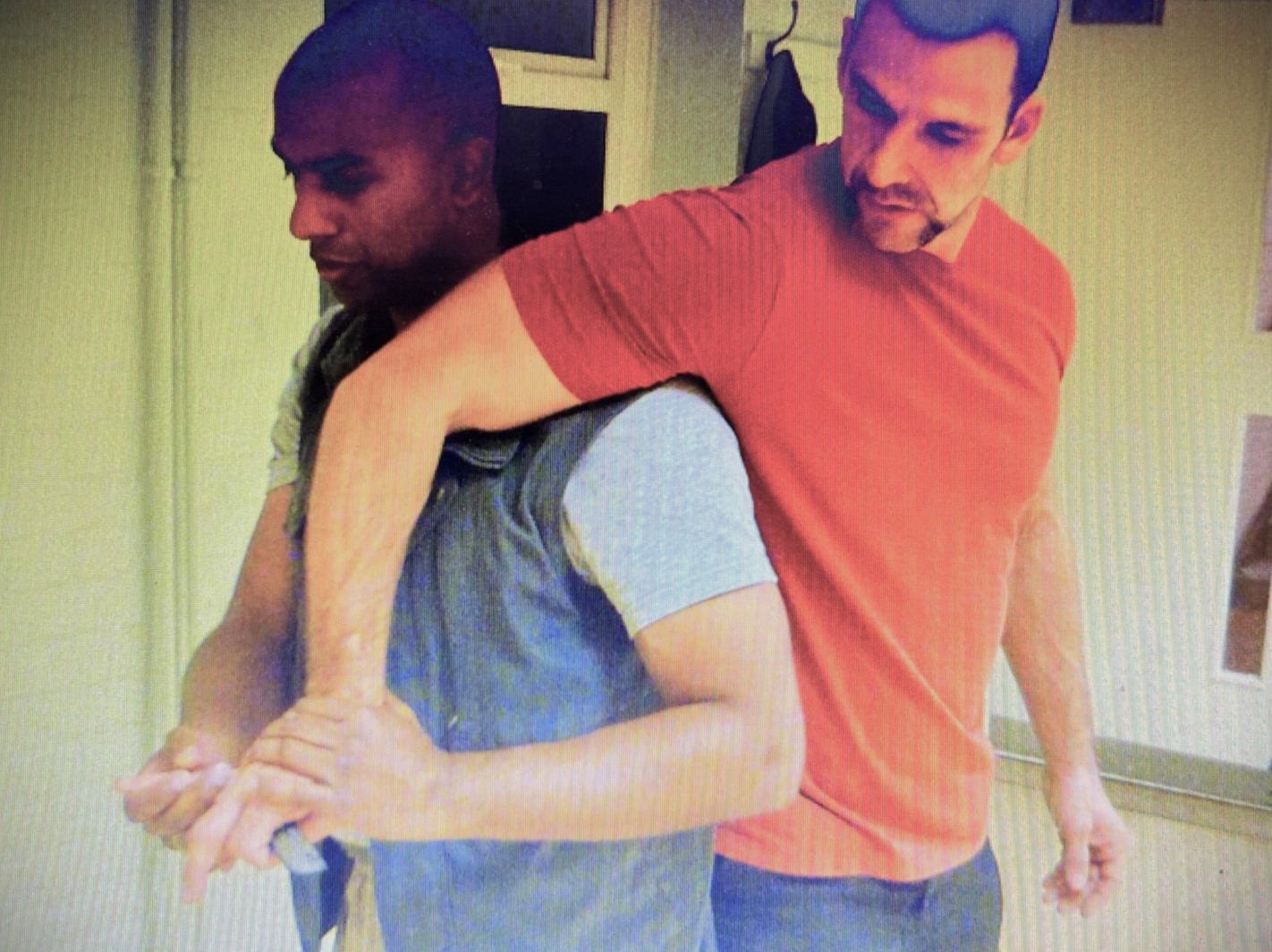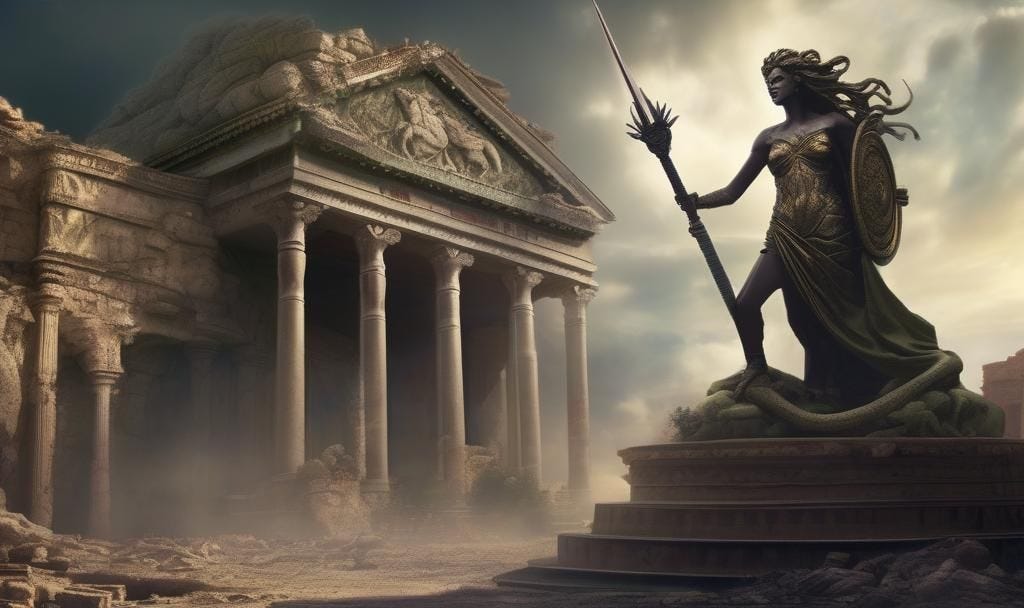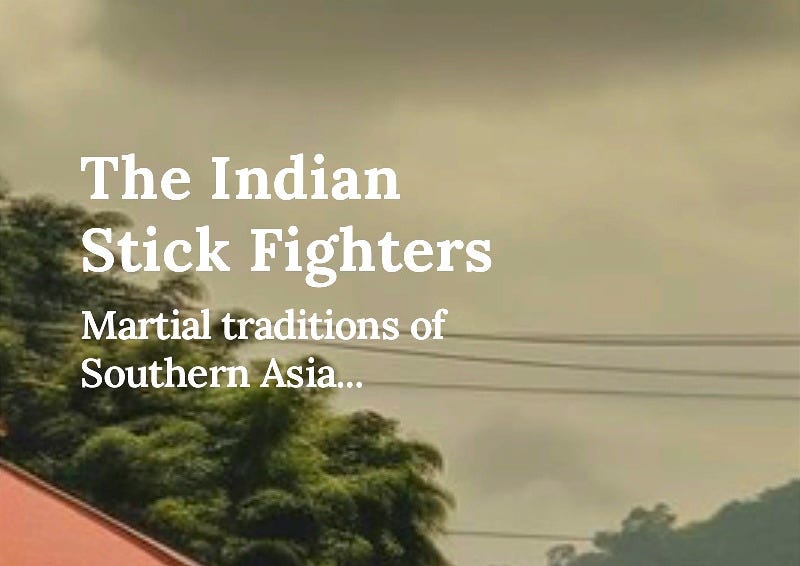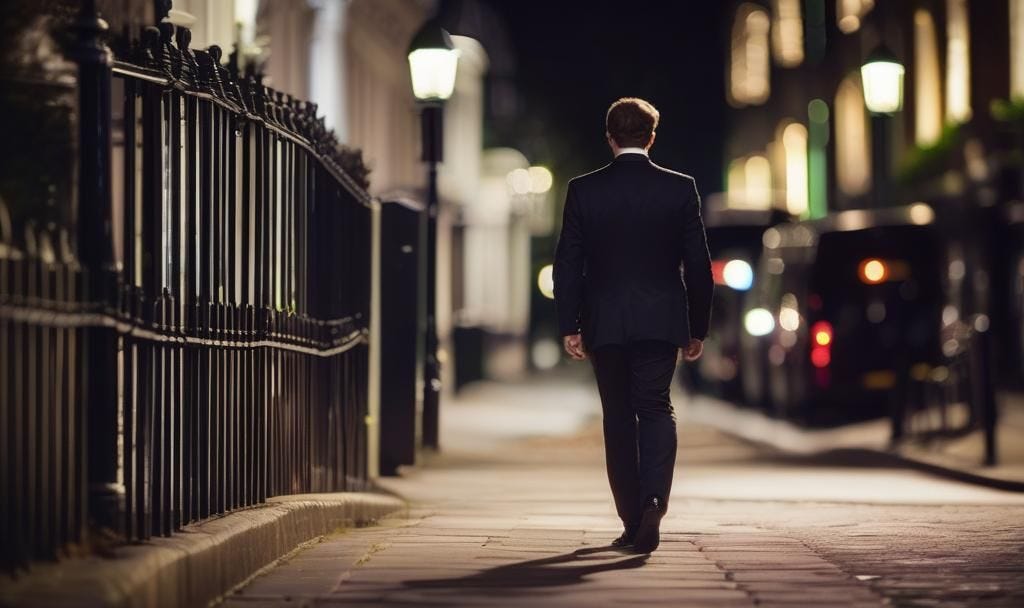My training is first and foremost designed to help people avoid blade wielding aggressors or avoid situations, where they might have to defend against knife attacks. Route selection, calm awareness, movement skills and the way one merges or conveys themselves, within a given environment, all come into play.
There are other elements to blade survival that we still address, from how to diffuse; or simply escape.
Worst case scenarios and the frequency of blade based attacks, also justify the need to introduce more primal tactical measures- for when there are no other options left...
Reasons for addressing blade based violence:
We still see cases, where the aggressor is not there to negotiate or simply scare you, into handing over your watch.
In the urban jungle, there are also... the predatory types, or the aggressors who go into frenzied slashing, due to drugs or other mental health issues, and there are those unhinged extremists, who continue to spring up, in current times.
The terror attacks in Westminster and Borough Market, in 2017, serve as prominent examples of how devastating blade attacks can be. There are, of course, more recent examples of random stabbings, from cities across Europe... be it London, Paris or Hamburg.
Skill enhancement:
From a tactical perspective, edged weapon survival training (note here- other implements also get used, from axes to cleavers) helps enhance a range of tactical attributes.
It should inspire greater, more laser like awareness. It should develop a person's evasive skills and quick foot work. It dictates that strong levels of focus are accessed and maintained.
It allows the individual to carefully explore the realm of handling pressure and fear management. Of course, this is done whilst keeping important safety measures in place so people avoid injury or serious harm.
When it comes to la danse de la rue, where survival is the prize and steel could be brandished, we accept that fear will most likely be a presence not easily extinguished; yet neither should it dominate us.
Edged weapon training allows for familiarisation with the savage law of the streets; which so contrast with the rules of competitive fighting arts or movement based on pronounced, artist expression.
It nurtures precision and directness. It hones timing, hand to eye coordination and respect for the 360 angles, from where the opponents may stab, slash or thrust.
It fosters decisiveness yet objectively shines light on wasted or foolish movements. Many other lessons are to be reaped, when we study they ways of the blade.
Working with the knife:
Some skills and attributes can be honed from studying how to actually work, with different blades. A certain type of speed and fluidity can emerge, from relaxed knife drills and the improvements in manual dexterity are soon noticed. This can translate into other types of tactical work and even tasks, far from the base world of survival.
Intuitive insights on knife survival:
These will be easier to visualise, by those of you, who have spent time training. That said, here’s some food for thought…
Many times, training schools engage in drills against extended attacks, from an opponent, who postures then attacks from a revealing, even telegraphed stance that dojo etiquette might inspire.
Yet, we must also prepare for scenarios, where the knife wielder, strikes from an unassuming position. Get used to working against attacks that come in, from a point of origin, where the knife is not even drawn.
Some knife fighters can go from a position of the knife not yet drawn, directly into multiple stabbing attacks.
One knife fighting specialist and security trainer, some years back in Russia, once showed me how a knife can be drawn and used against several bodyguards, before they even get to draw their weapons. Don't underestimate the speed of the draw.
Sometimes, the blade is not necessarily drawn quickly but it’s drawn, from a concealed place or in a concealed way, or from a concealed angle.
This too must be explored in training.
Some of the ways that knives could be used, are actually common in street scenarios; yet not given the needed attention, in training. This can be the case, where training becomes complacent and only focuses on cliche or entry level tactics.
We don’t want fear to be that like that stare of Medusa, making one freeze in terror and turn to stone. Working assertively, with that ally the breath, can prevent the gorgon like glare of fear, from setting upon us.
Incidentally, Medusa's demise was helped, by the mirror like glare of Perseus's shield that deceived her, as she saw and was drawn into what was not real, yet leaving her head exposed, to the real attack. The heroes of Greek myths often thrived on the way of cunning.
There is a concept in Tri-Tier, where you don't so much try to replicate the aggression being projected to you, instead it's your place of calm neutrality and inner stillness that becomes the mirror, so the opponent's own hostile energy is at least somewhat reflected back for them to process. Can’t guarantee it’s full proof but has definetly had its useful moments….
The above tactic can also be used in psychological/ psychic self protection....so there's your defence against the dark arts tip for the week!
Common yet sometimes neglected knife attacks:
Attacker storms in with a square or angular stance and uses the lead hand to grab round the back of the neck, whilst delivering multiple, repetitive stabbing attacks, off the rear arm.
Attacker draws the blade from waist or belt, using a downward grip (ice pick grip), while the lead hand pushes or grabs the clothing of the targeted party. Then, delivers repetitive downward strikes, to neck and chest, with rear arm.
Attacker, from a distance, draws blade and extends arm in a pronounced fashion, as he closes in, possibly making wide swipes into the air. This can be to initiate compliance, or get the targeted person to step back, as in a shop robbery.
Attacker has ended up on the ground. Targeted person may be standing or suddenly dragged to the ground. Blade is drawn during the skirmish, on the floor. Law enforcement and security need to be aware of this one.
Attacker walks up to the person, from behind and quickly puts arm around far shoulder and threatens, with blade at the person's side of the torso. This concealed move is used by some predatory criminals or muggers.
Other factors to consider:
Note, some aggressors will close in very explosively, with very loud screaming or shouting. Others will be silent, perhaps approaching, at that moment when the defending person is engaged with another attacker.
Even if a blade is drawn, it’s still possible that one can use key verbal skills to deescalate; but be ready to transition rapidly to movement skills, should negotiations fail.
Never get too wrapped up with one incoming opponent; there could be others.
States of being will need to be adapted, based on the moment at hand, the energy of the aggressors and one's own capabilities.
In one situation, the fire-like, hunting disposition of the tomahawk man (a Tri-Tier strategy and energetic state) may have relevance. Or, simply using the water like- breathe and move approach - embracing flowing movement and elusive foot steps.
Running away may, of course, still plays an important part, in any edged weapon scenario, so good to keep up levels of fitness. Also, important to stay alert in spirit.
This is just some knowledge, from the blade house...
Aran
About the author
Based in London, Aran Dharmeratnam is the founder of Tri-Tier. He specialises in personal safety and resilience training, often working with high-profile figures and their families. With experience in various areas of the security sector, Aran also works with global security companies involved in private investigations and strategic intelligence. He’s been deployed on the ground, in numerous cases. Aran’s insights have appeared in The Financial Times, The Spectator, Aviation Security International, and Security Management Today.
For consultations or training contact: office@tri-tier.com

